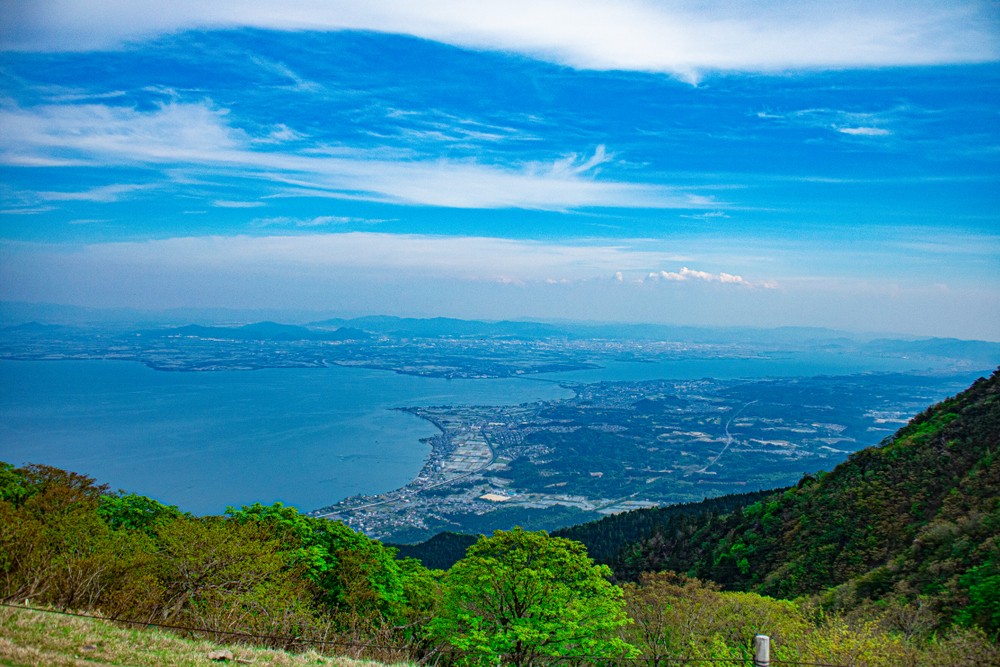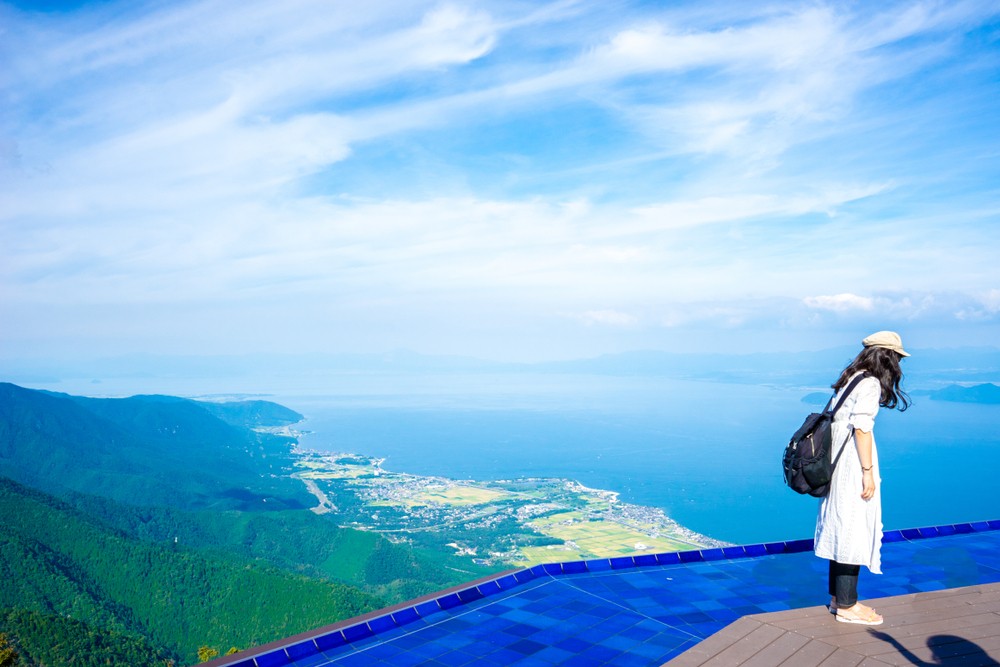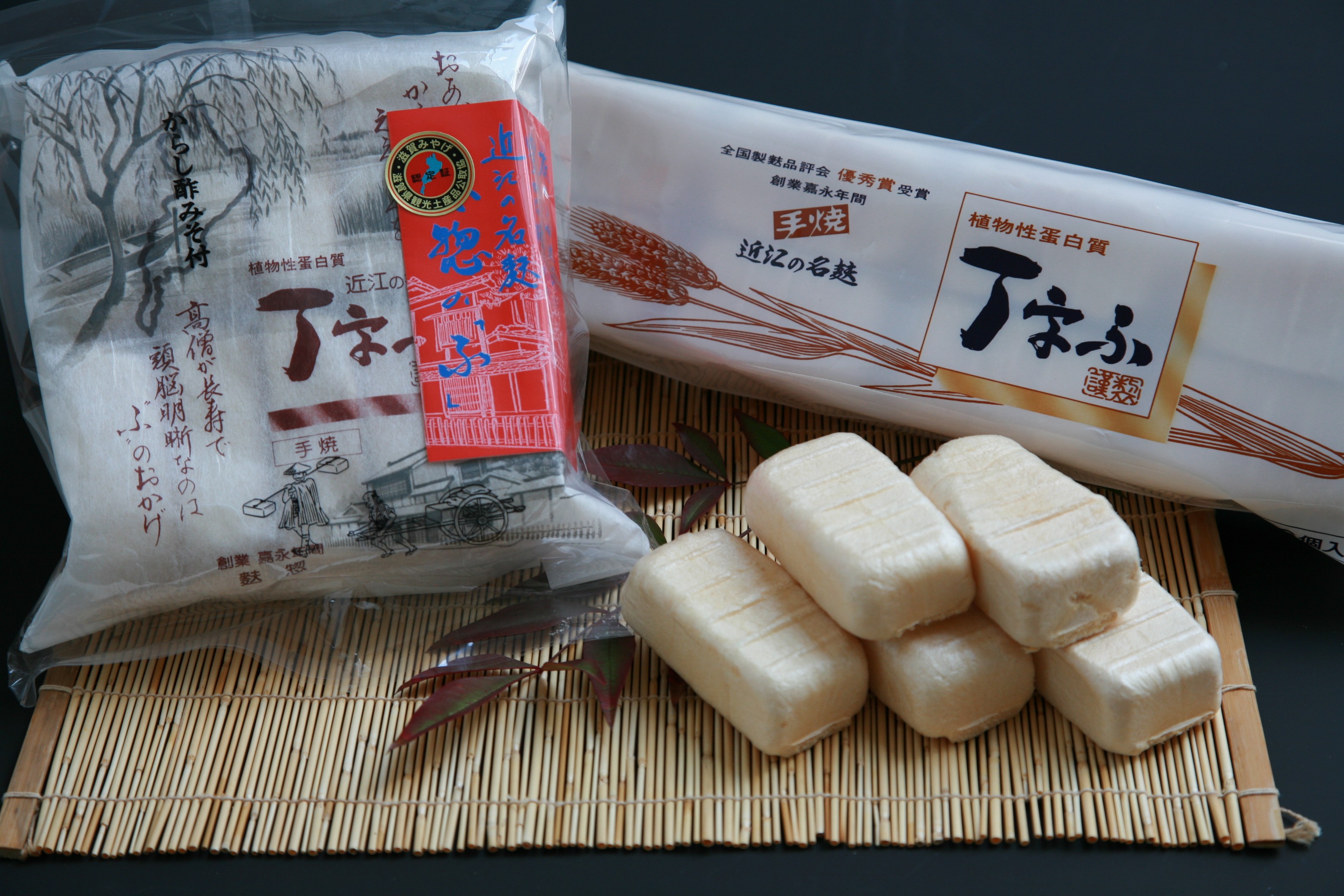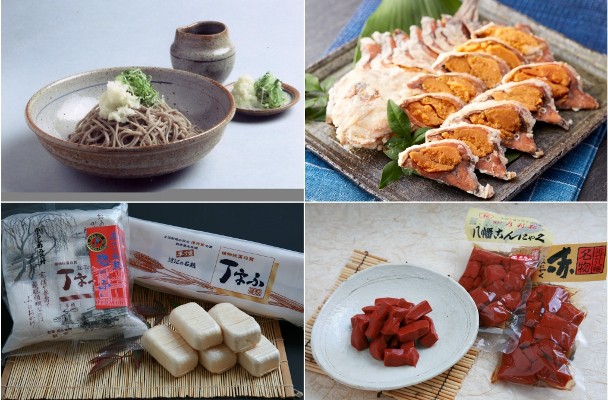
"Shiga Prefecture" in the Kansai region is blessed with abundant water resources of Lake Biwa, thriving in paddy rice cultivation, and rich in ingredients such as lake fish. This time, we will introduce unique local gourmet of Shiga Prefecture, including fermented foods using lake fish.
What is "B-grade gourmet"?
Unlike traditional local cuisine that represents the region, B-class gourmet does not use the unique Japanese cooking methods or gorgeous seasonal presentations that attract the attention of tourists. It is a comfort food that is cooked with local ingredients and has been loved by local people for a long time.
The reason why Shiga has delicious food

About one-sixth of Shiga's area is occupied by Japan's largest freshwater lake, Lake Biwa.
Shiga is roughly divided into four areas, Koto (湖東 - East of Lake), Kosai (湖西 - West of Lake), Konan (湖南 - South of Lake) and Kohoku (湖北 - North of Lake), with Lake Biwa at the center. Lake Biwa is not only large in area, but is also closely related to the prefecture's agricultural and marine products and people's daily lives. For the people of Shiga Prefecture, the water resource of Lake Biwa is both domestic water and precious agricultural water.
The development of paddy fields around Lake Biwa dates back to the Yayoi period (3rd century BC to mid-3rd century BC). Rice malt made from harvested rice is used to make miso and sake and helped developing fermented food culture unique to Shiga Prefecture.
As of 2022, Shiga's arable land rice paddy rate is as high as 92%, second only to Toyama Prefecture. In addition, Lake Biwa with abundant water resources is inhabited by a wide variety of lake fish, including about 10 species endemic to Lake Biwa. These fishes also foster Shiga's unique food culture.
Shiga B-grade Gourmet
Funazushi

Funazushi (ふなずし) is a local dish of Shiga, and is also a representative of lake fish cuisine and fermented food culture. This is made by pickling nigorobuna (ニゴロブナ - a species of fish endemic to Lake Biwa) caught in early spring with salt and then fermented in summer by pickling in rice. The pickled funazushi is ready to eat around the New Year, and the sourness and smell unique to fermented food whet people's appetites. Females in particular have a lot of eggs, so they are also popular as lucky charms to pray for prosperity of descendants at auspicious occasions such as the New Year.
Funazushi is said to be the oldest surviving sushi. In Shiga, there is a custom of eating funazushi, which is rich in lactic acid bacteria and vitamins, instead of taking medicine when you catch a cold! In recent years, in an effort to popularize this kind of traditional cuisine, B-grade gourmet dishes that arrange funazushi, such as hamburgers with funazushi and funazushi sandwiches, have been created one after another.
Ibuki soba

Mt. Ibuki, located in Maibara City, Shiga Prefecture, is said to be "the birthplace of Japanese soba", as it began cultivating buckwheat around 1,300 years ago. It is said that the dozens of temples on Mt. Ibuki, a base for mountain worshipping belief at the time, began cultivating it to provide food for many monks in training.
Ibuki soba (伊吹そば) was born in an environment with optimal conditions for buckwheat cultivation: high-quality water, volcanic soil, and temperature difference between day and night. It is characterized by its small size as well as strong aroma and sweetness. Although production almost stopped for a while, thanks to the efforts of local producers, the "Ibuki Soba Production Association" (伊吹そば生産組合) was established, and the soba was revived.
As the cultivation of Ibuki soba is still limited, it is recommended to try it if you come across it in the city of Maibara. Soba with a fragrant flavor and spicy grated daikon radish goes best with grated Ibuki daikon radish (called 'Daikon no Oroshi'). By the way, in Nagahama City, there is also a unique product called “Ibuki Soba Soft Cream” made by mixing Ibuki buckwheat seeds. Aren't you curious about the taste of buckwheat-flavored soft-serve ice cream?
Red konjac (Aka Konni Kakurenbo, etc.)

© Biwako Visitors Bureau
There are various theories about the origin of such bright red konjac (こんにゃく / konnyaku), such as Oda Nobunaga, who preferred fancy things, had it dyed red.
Originally, it was available only in the Omihachiman area, but it later spread throughout the prefecture and is now a specialty of Shiga. The red ingredient is a food additive called "sannisankatetsu" (三二酸化鉄 - ferric oxide red), which does not lose its color even when it is boiled. But while the color is red, the taste is the same as regular konjac!
The red konjac does not lose its color whether it is stewed or stir-fried, making it a useful ingredient when you want to brighten up your dishes. Other than in yakisoba and oden, the red konjac stew is also indispensable for ceremonial occasions.
Such highly versatile red konjac, which can be easily arranged, is also useful in creating creative dishes and B-class gourmet food. One typical sample is “Aka Konni Kakurenbo” (赤こんにかくれんぼ). Make an incision in the red konjac, stuff it with cloud ear mushrooms and minced chicken, and steam-boil it. Finally, add the boiled Japanese mustard spinach and it is ready for consumption!
Chojifu cuisine (Omi beef mince cutlet, etc.)

© Biwako Visitors Bureau
Unlike common circular or flower-shaped wheat gluten, "chojifu" (丁字麩) originated in the Omihachiman area has a thick square shape that looks like a small box. It is said that the origin of the unique appearance is that a traveling merchant who wandered around Japan devised this shape so that it would be easy to carry. The chojifu, which is grilled on all six sides, can soak up the umami-rich broth without falling apart, so it is often used in Shiga's local hot pot dishes and soups.
Vegetable protein-rich Chojifu becomes more filling when fried. You may also add crushed chojifu instead of bread crumbs to change the texture. It is enjoyed in various arrangements such as with Omi beef mince cutlet and sukiyaki!
Hikone-don

"Hikone-don" (ひこね丼) refers to the 10 prize-winning works of the "Hikone-don" championship held by Hikone City in 2011 as part of the 75th anniversary commemorative project. Local people were solicited for recipes, and 10 types of donburi with different tastes and ingredients were selected and officially certified as "Hikone-don".
In order to call it "Hikone-don", Omi rice and local ingredients must be used, but the ingredients vary depending on the recipe. Ingredients that are often used include the popular brands of Wagyu beef the Omi beef, the aforementioned red konjac, and chojifu. If you have a chance to visit Hikone City, why not stop by one of the restaurants in Hikone City and try all the Hikone-dons? Keep an eye out for the banner that says "Hikone-don"!

Comments